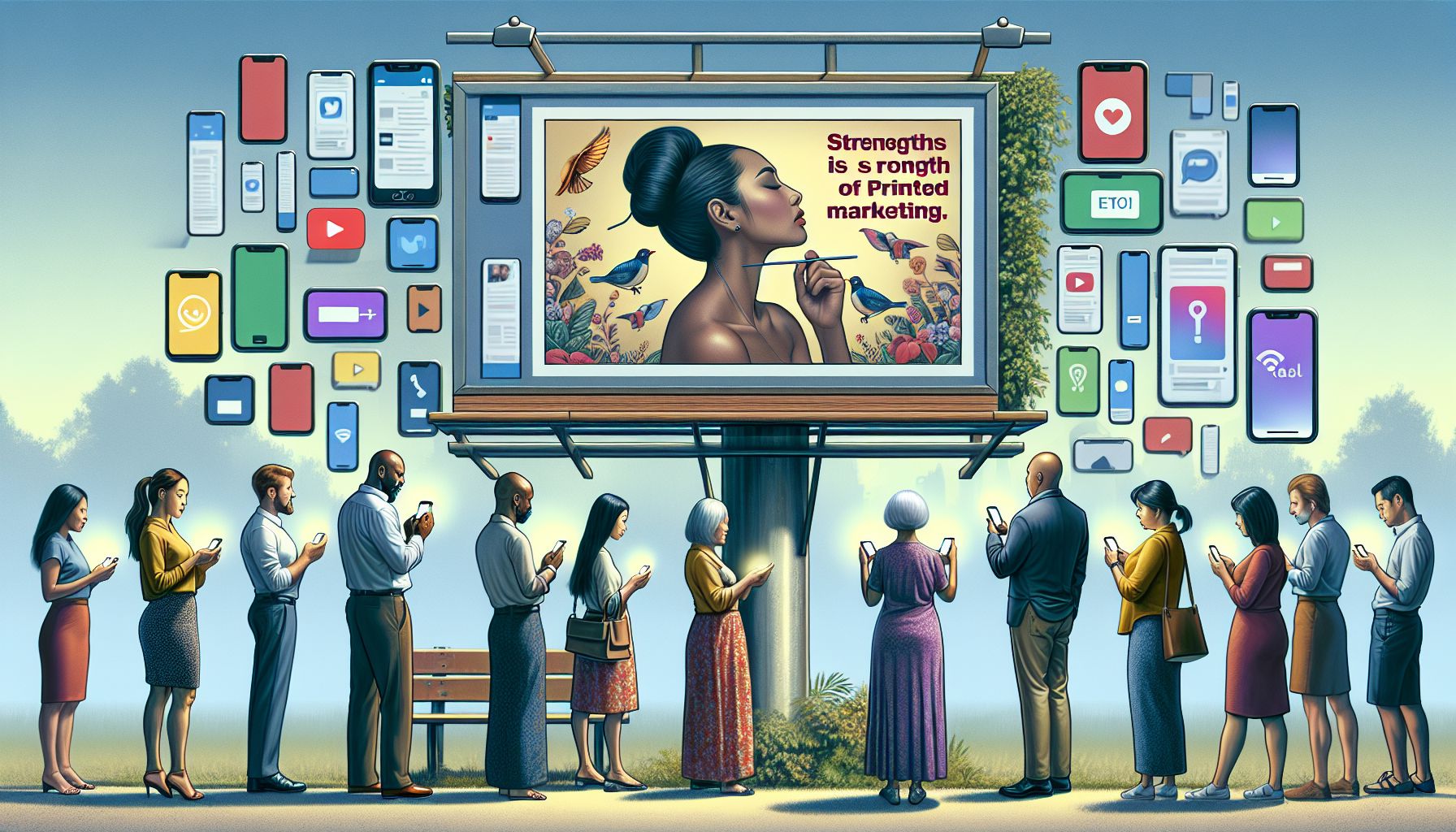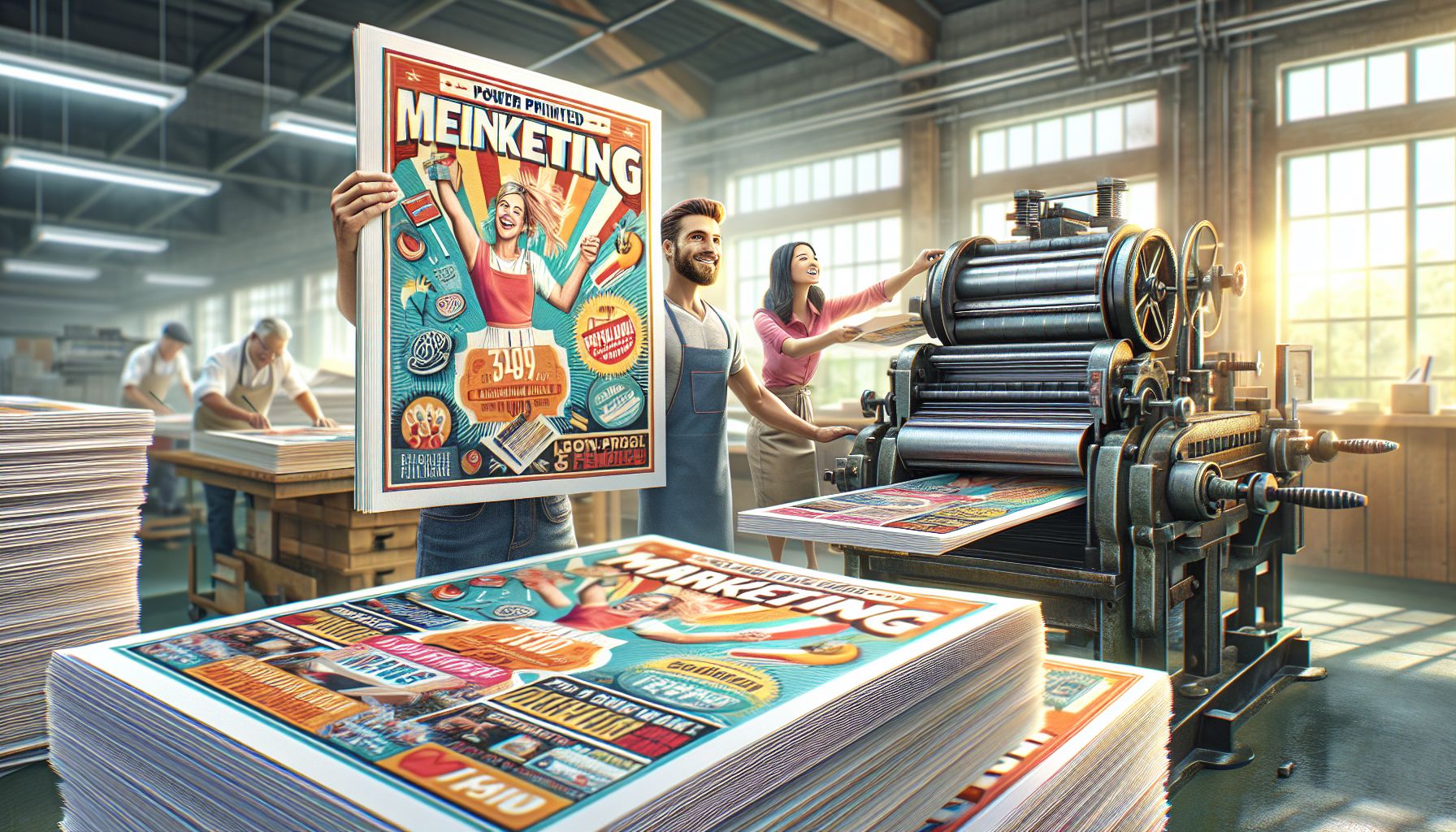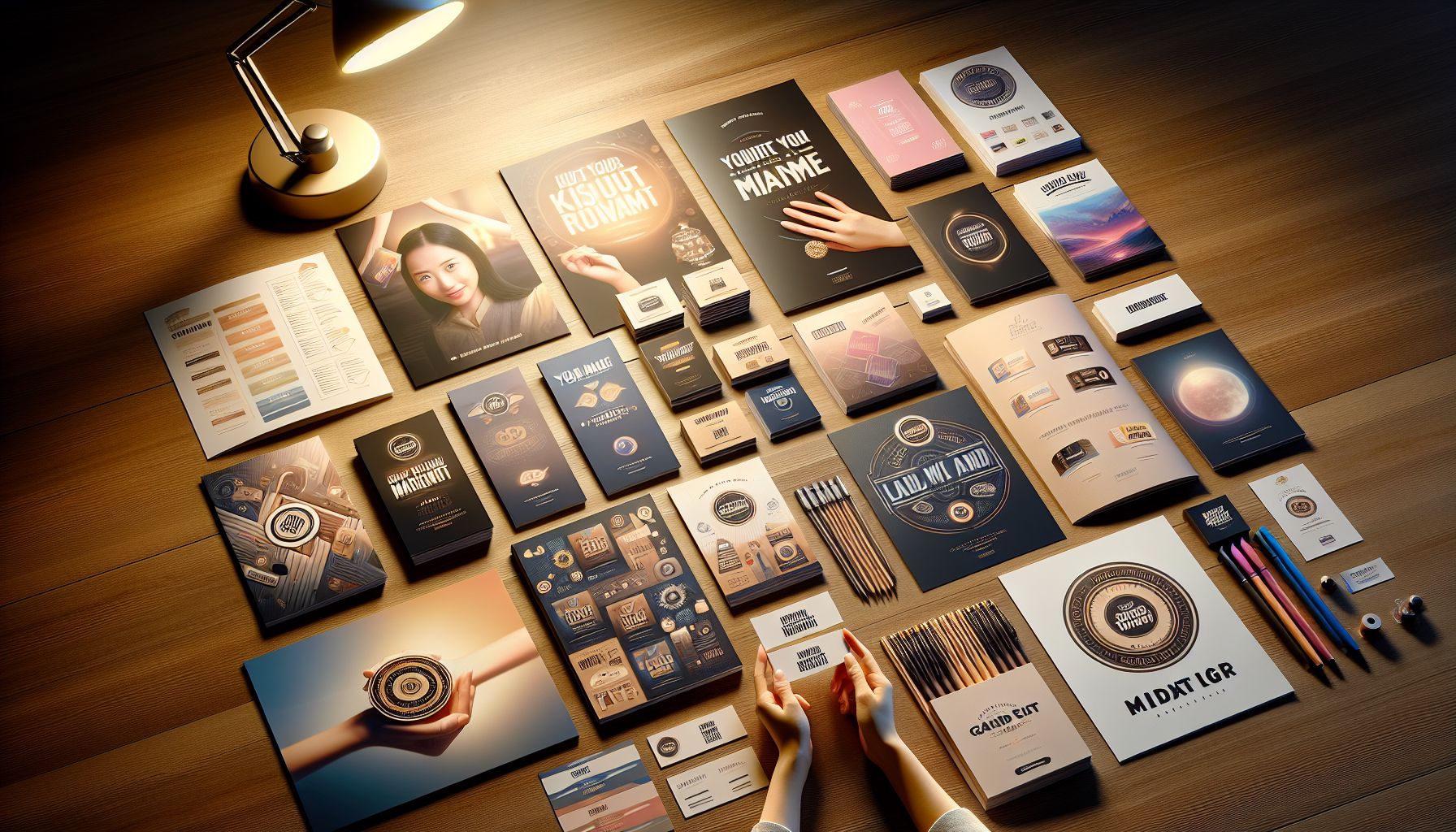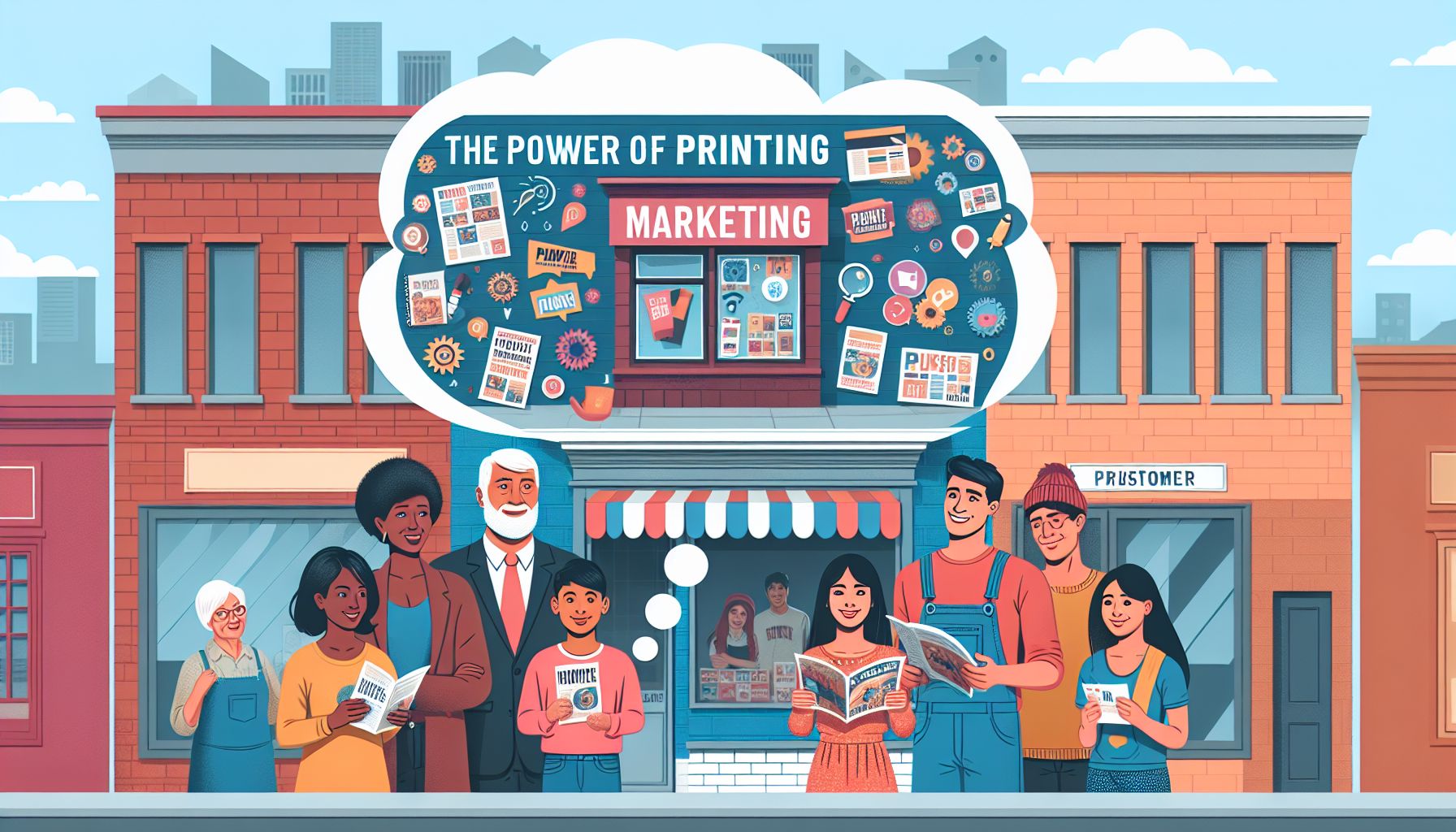In this digital age, where nearly every aspect of life has been transformed by technology, it’s easy to overlook traditional forms of marketing such as print advertisements. With online advertising dominating the marketing landscape, it may seem like using printed materials is a thing of the past. However, the truth is that printed marketing still holds immense power and is a valuable tool for businesses to engage with their target audience. In this blog post, we will explore the benefits of printed marketing and why it should not be overlooked in your marketing strategy.
Why Printed Marketing Matters
Printed marketing materials, such as brochures, flyers, and direct mail, can leave a lasting impression on potential customers. With the constant barrage of digital information bombarding us daily, print materials offer a tangible and memorable experience that digital media often lacks. By engaging multiple senses, printed marketing can create a lasting emotional connection with the audience.
Tangibility Creates Connection
One of the key advantages of printed marketing is that it provides a physical representation of your brand. Holding a brochure or flyer in their hands connects the reader to your business in a unique way that digital advertisements cannot replicate. The tactile experience of flipping through pages or feeling the texture of the paper creates a more memorable and immersive experience.
Printed materials are also more likely to stay in the possession of the recipient, allowing them to revisit the information at their convenience. Unlike digital ad impressions that disappear with the click of a button or when the user closes a browser window, physical materials can serve as a constant reminder of your brand or message.
Printed Marketing and Credibility
While anyone can create a digital advertisement and share it online, printed marketing requires a higher level of investment and effort. By investing in quality printed materials, you demonstrate that you are serious about your business and its message. This level of commitment instills credibility and trust in potential customers.
Additionally, print materials are often associated with more established businesses. The physical presence of a brochure or a professionally designed flyer can help solidify your brand’s image as reliable and trustworthy. This can be especially important in industries where trust and authenticity are crucial, such as finance or healthcare.
Targeted Reach with Direct Mail
Direct mail is a form of printed marketing that allows you to precisely target your audience. By utilizing demographics and personalized data, you can tailor your direct mail campaigns to reach specific groups of people who are most likely to be interested in your products or services. This level of targeting is difficult to achieve through digital marketing alone.
Moreover, direct mail offers a higher response rate compared to digital methods. According to the Data & Marketing Association, the response rate for direct mail is 5.1% for house lists and 2.9% for prospect lists, while email only has a response rate of 0.6%. These statistics demonstrate the effectiveness of direct mail as a marketing tool.
Integration with Digital Marketing
Although printed marketing offers numerous advantages, it is important to acknowledge the power of integrating it with your digital marketing efforts. By combining print and digital strategies, you can create a cohesive and comprehensive marketing campaign that maximizes your reach and engagement.
One effective way to bridge the gap between print and digital marketing is by incorporating personalized URLs (PURLs) or QR codes into your printed materials. These tools allow recipients to easily access more information about your products or services online. By tracking these online interactions, you can gather valuable data on your target audience’s preferences and behavior, enabling you to refine your marketing strategy for even better results.
Printed Marketing Leaves a Lasting Impression
In a digital world where ads can be easily overlooked or forgotten, printed marketing has the power to make a lasting impact. Well-designed print materials command attention and have a higher chance of being remembered than their digital counterparts.
Printed marketing pieces also provide an opportunity for creativity and artistic expression. Eye-catching designs, compelling imagery, and innovative formats can help your materials stand out and captivate your audience. By appealing to both the visual and tactile senses, you can create a memorable brand experience that resonates with your target market.
Conclusion
Printed marketing materials provide a tangible and memorable experience that digital advertisements often lack. The tangibility of print creates a stronger connection with the audience and leaves a lasting impression. Furthermore, the higher level of investment required for printed marketing instills credibility and trust in potential customers.
When integrated with digital marketing strategies, print materials can enhance your overall marketing efforts and help you reach a wider audience. By leveraging the benefits of printed marketing, you can differentiate your brand from the competition, create meaningful connections, and ultimately drive measurable results.
As you plan your marketing strategy, remember the power of print. Despite the rapid advancements in technology, some things will never go out of style. In a world saturated with digital messages, the uniqueness and impact of print can make all the difference.…
Read More








